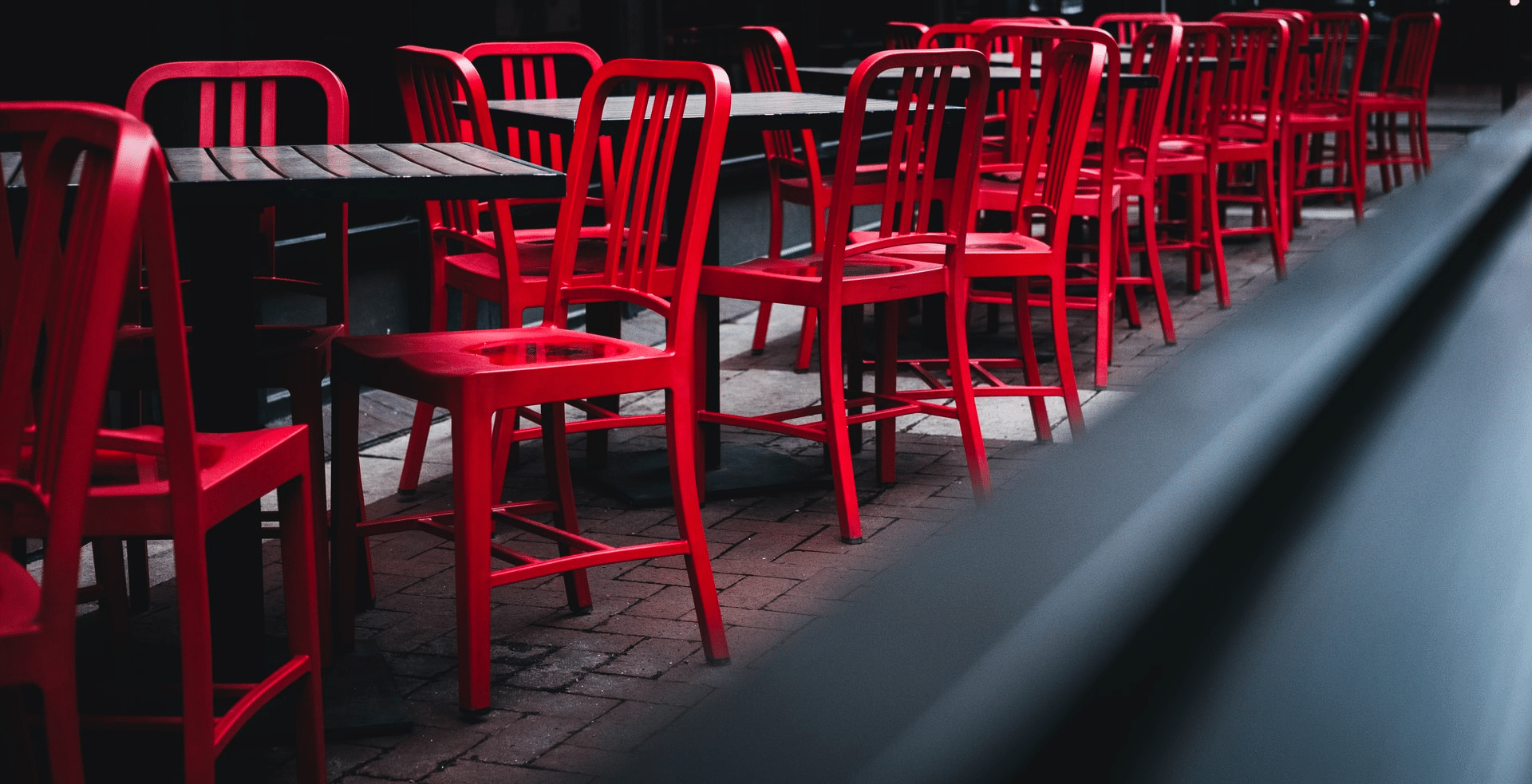The coronavirus pandemic has proven a crippling blow to the restaurant furniture industry and even though we are have turned the corner somewhat, with a vaccine almost readily available for all, it’s fair to say that 2021 will still be very much a year of transition as the dining market seeks to take stock of their position.
Guidelines and restrictions across the US have left restauranteurs in something of a sticky situation. There is clearly an overriding need to adhere to laws put in place to protect both customers and workers from the spread of the virus but there is also a need to keep costs down and attempt to maximize what level of capacity there is available.
The need to plan accordingly has led many to make use of outdoor areas and their restaurant furniture needs have adapted accordingly. A definite shift has occurred in this vein as guidelines have been far looser on areas that are outside and restaurants have therefore looked to adapt as much as possible.
Some have looked to free up capacity for eat-in diners by using car parking space as an area of overflow seating, the furniture in this area has adapted accordingly. However what may originally have been short-term options, perhaps using cheaper short-term materials, may have to be rethought of as longer-term solutions to an issue that may still be with us for months into the future.
Those who supply, and indeed those who plan, restaurant furniture design and implementation will have to adjust accordingly even when it comes to indoor seating arrangements.
It's likely that seating indoors can go one of two ways, depending on the moods of the public in the medium to long-term.
Restaurants, when given the go ahead to open ‘as-usual’ may well still have to take into account guidelines around capacity and will look to furniture solutions that help maximize spacing AND appease those who do not wish to be dining on top of one another.
On the other hands restaurants may look to go for quality over quantity, by this we mean that designs, and furniture that fits around that design, may look to maximize the comfort and quality of furniture designed to make the most of a smaller crowd within a confined space.
Though in the past some restaurants have looked to speed up turnover of custom and crowd in as many as they can to boost their capacity, with faster-food options preferring such an outlook, the onus may be on eateries to take better care of the custom they do have and change the dynamic somewhat.
As a guide as to how things may change, one imagines that bar stools, or eating areas that are close to workers, will become something of a thing of the past as guidelines continue to push towards an environment that seeks to separate customers from employees as much as is practically possible.
Now is also the right time for designers of restaurant furniture to think outside the box, to come up with bright, new, and compatible, designs that can serve the purpose when it comes to dealing with life both during, and after, the coronavirus.
When it comes to outdoor furniture options there are already some who have started to rethink the approach, these science-fiction style pods in New York being a great example of using a gimmick to both meet guidelines AND excite diners into visiting the restaurant in question.
Clearly all furniture in these areas needs to be ‘all-weather’ ready and heating solutions should be taken into account for seasonal lows and again there should be moves towards personalizing such areas so that people in their ‘bubbles’ can feel the benefit of being close to those who they wish to eat with and safely away from others.
As the industry looks to get back on its feet so too will the resultant options coming from the best restaurant furniture designers, like this one, to fit and service the relevant needs of both restaurants who continue to serve their customers and new businesses seeking to make their mark in what was already a hugely competitive field of the retail market.


